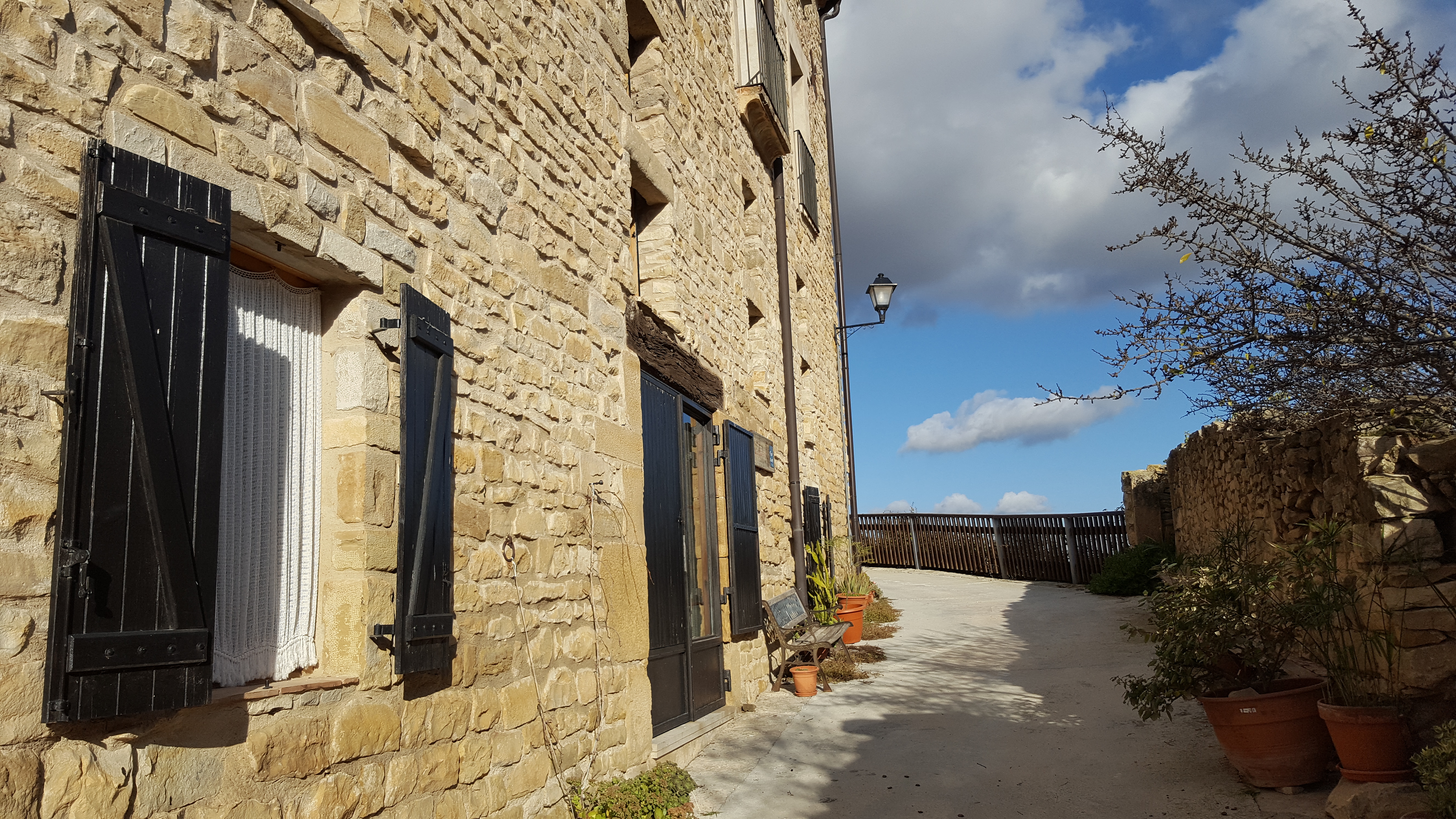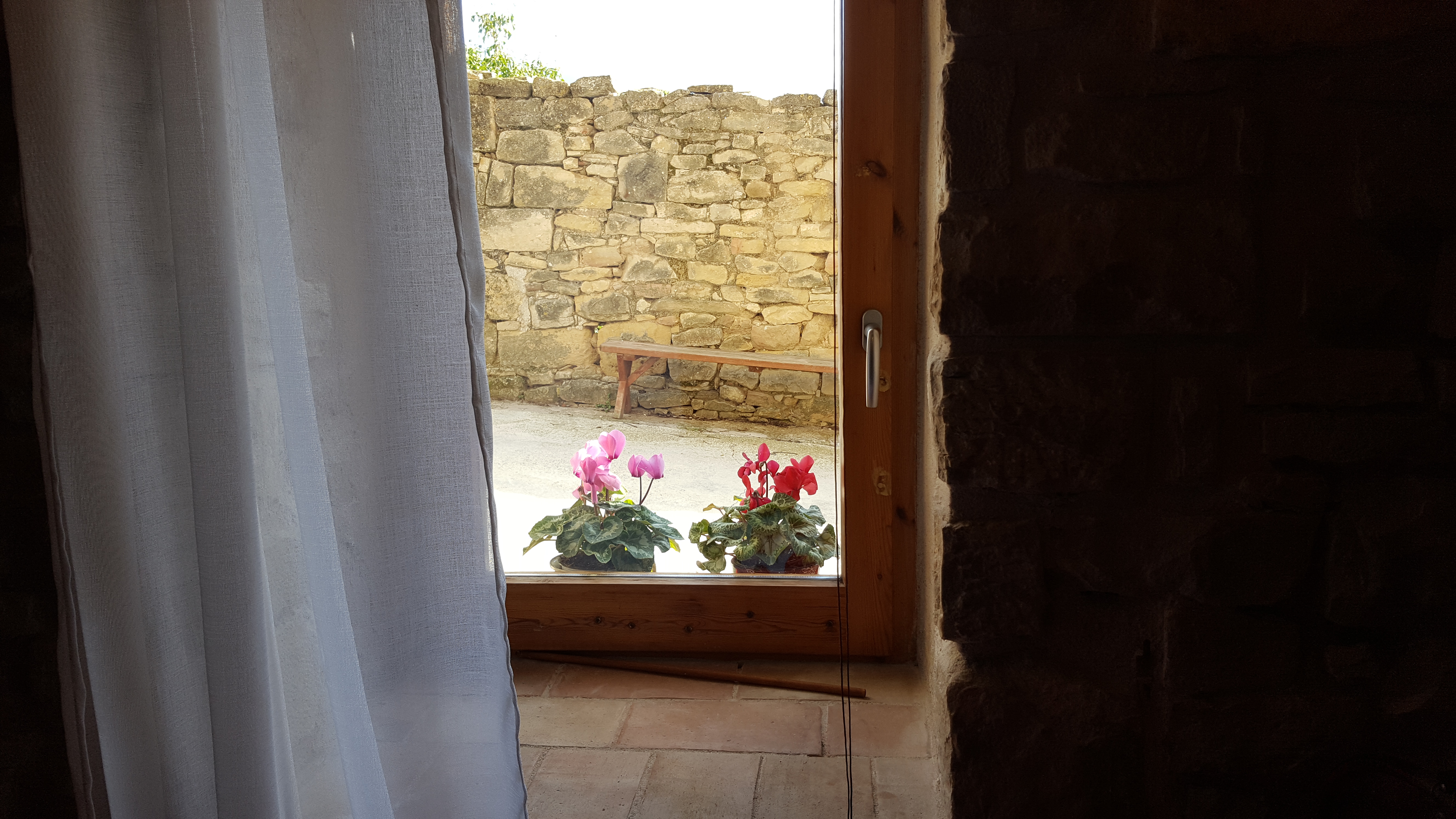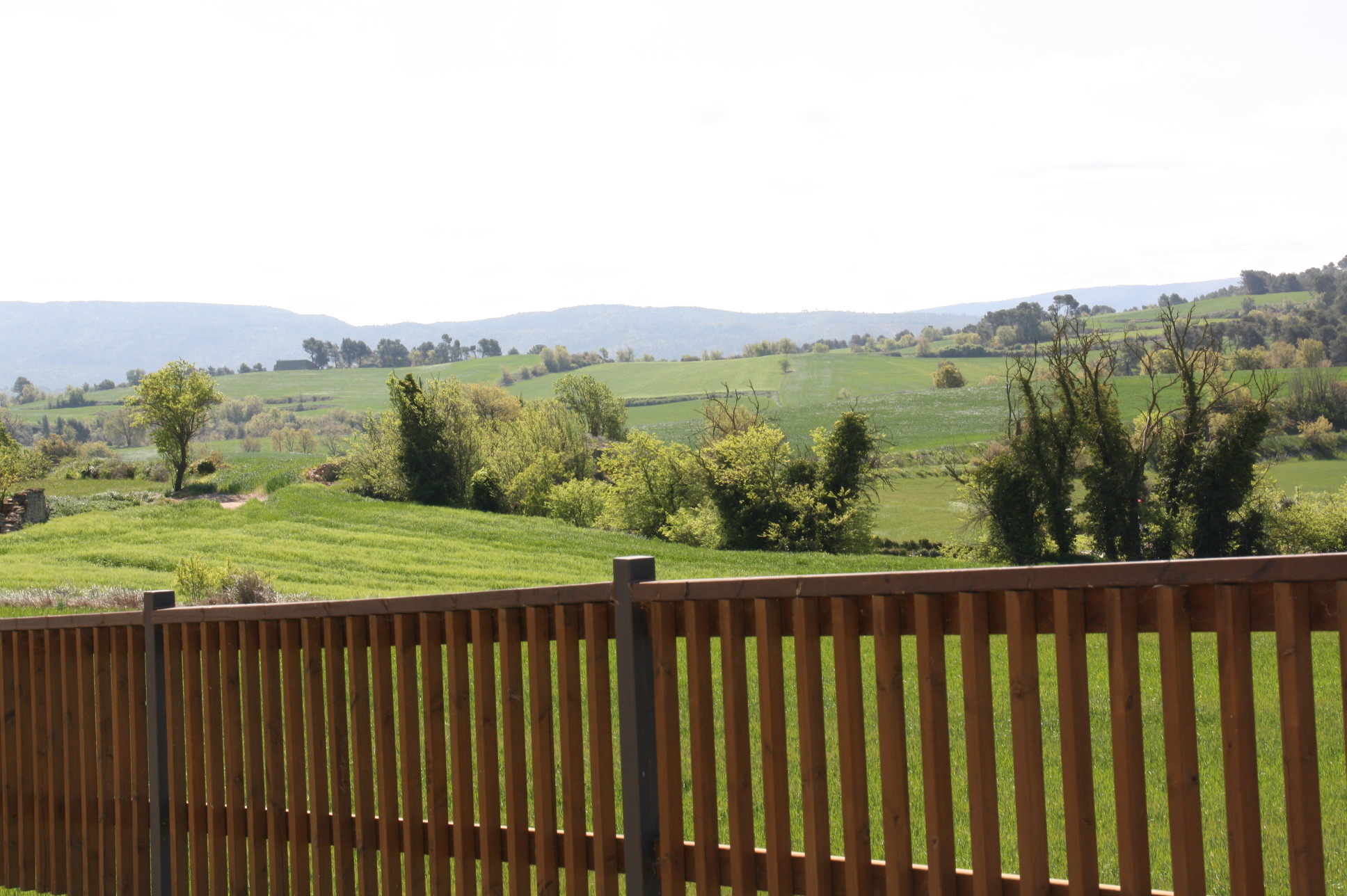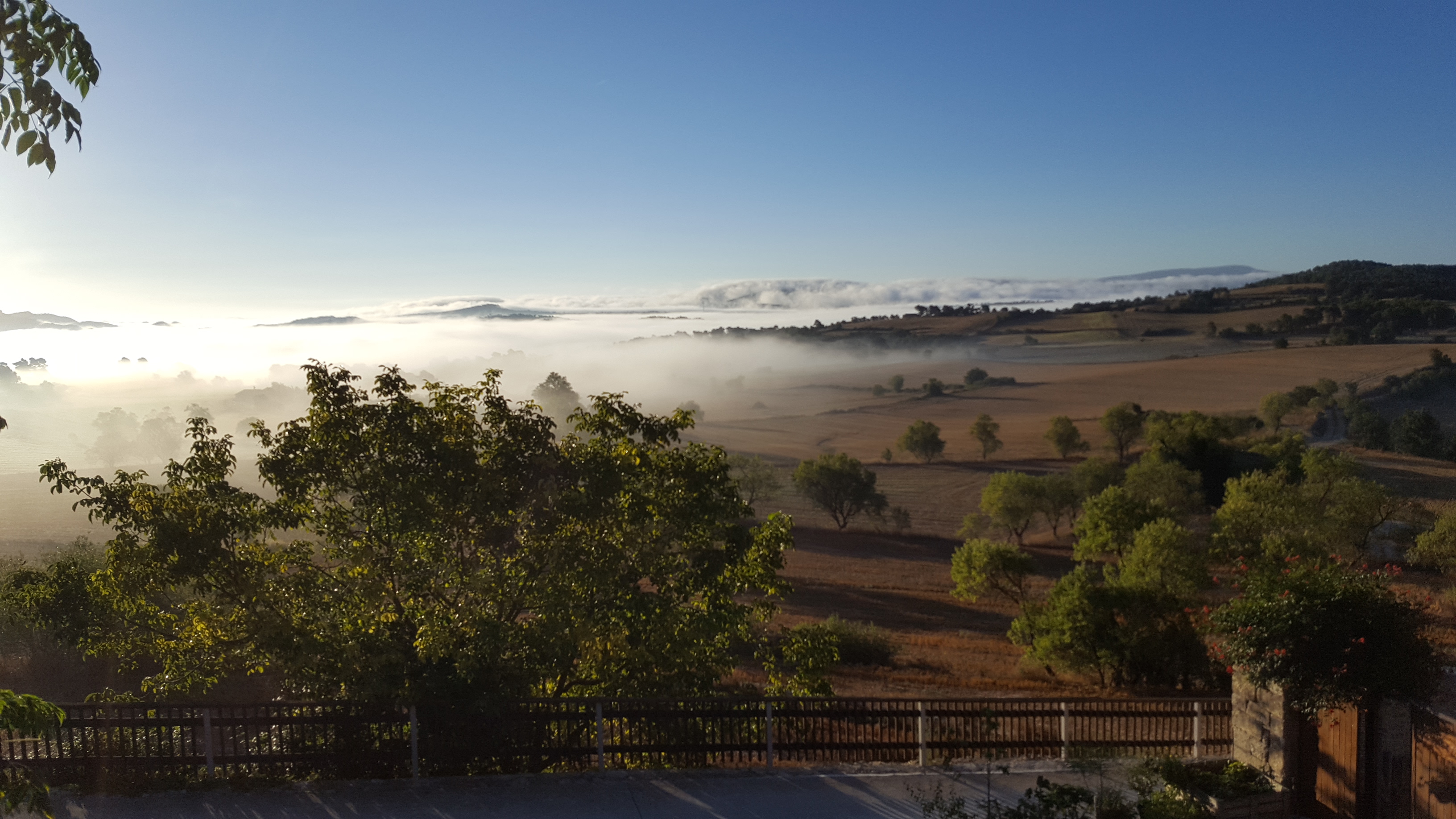Guialmons owns handmade jams and vinegars to marinate. Workshops for a few hours where you will find recipes and how to make jams.
Maria: 633739930
Guialmons owns handmade jams and vinegars to marinate. Workshops for a few hours where you will find recipes and how to make jams.
Maria: 633739930
Near the apartment, at 11 km you can go out and join a sheep shepherd and share the activities of a farmer. Contact Gemma 659 842 745
North door of the Cistercian route. Medieval village and Jewish quarter Call
You leave from house on the way between the fields and forest you will find 1 Km 30′
At 4 km from the house you will find the Biure district (651 m), from the village there is a path that goes up, total descent 296m 1 hour walk.
Type of route: circular
Difficulty level: moderate
Cumulative difference: 351 m ascent and descent
Follow-up marks: signals from the Consell de Comarcal de la Conca de Barberà, wooden signals and white and yellow markings of PR (small route) corresponding to PR-C21 and PR-C21-1.
This itinerary is part of the Molins de Santa Coloma de Queralt and Les Piles Route. It is a walk through the flour mills of the upper area Gaiàal terme de Les Piles, one of the most emblematic elements of the historical heritage of the Baixa Segarra, where the predominant cultivation is cereal.
Of the three Cistercian monasteries, Santes Creus is the one that reproduces the Bernardine plan of construction more faithfully.
It is one of the largest and best preserved Cistercian monastic sets that we can visit today. Founded in 1168, protected by the nobility and the kings, it became a spiritual center, of studies and colonization of the territory. The monastic life remained uninterruptedly until 1835.
The church, of soberness and imposing architecture, has the royal tombs of Peter the Great and of James II and his wife Blanca d’Anjou, as well as that of Grand Admiral Roger de Llúria. We can also admire the Cistercian and Gothic stained glass windows and a baroque altarpiece by Josep de Tremulles.
We will also highlight the chapter room, the deskorium, the great monks’ bedroom and the Gothic cloister (14th century) attributed to the English Reinart des Fonoll, with an elegant carved decoration.
The scenic and audiovisual setting “The world of the Cister”, considered among the best in Europe of its kind, gives a very complete and fascinating idea of the Order and its legacy.
Includes free visit to the collection and the live glass show empty.
The visit to the Museum and Glass Oven of Vimbodí consists of two parts:



